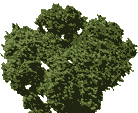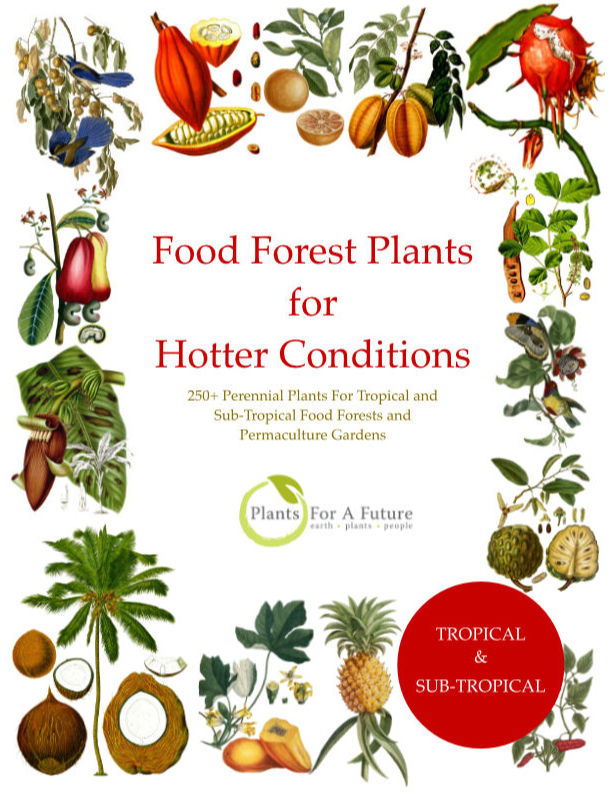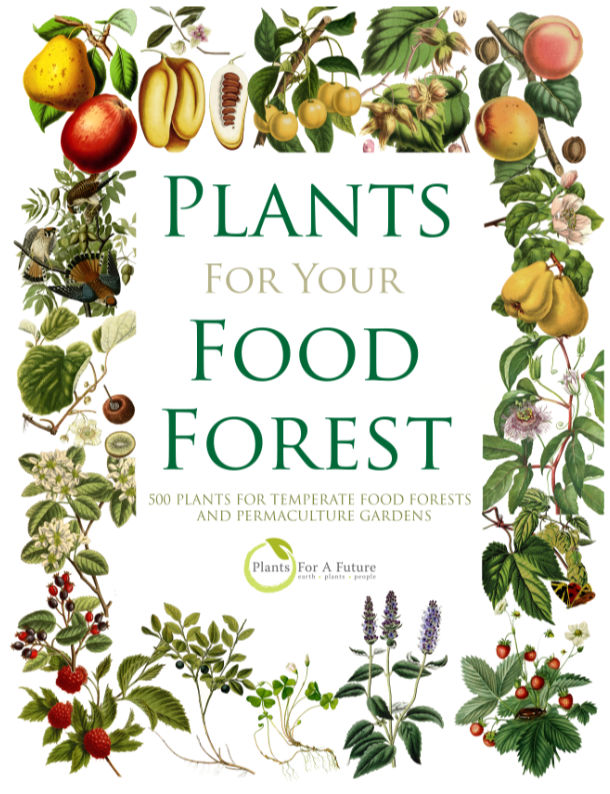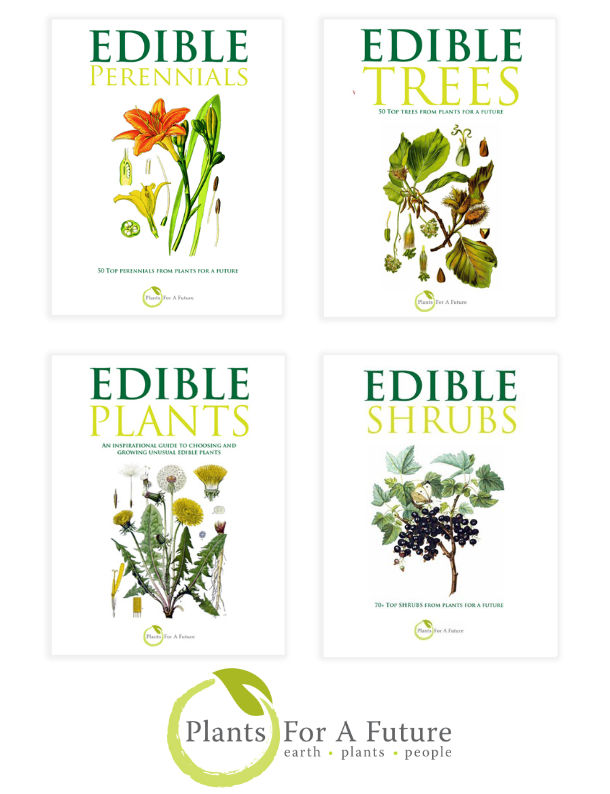Translate this page:
Summary
Fernleaf Lavender (L. multifida) native to S. Portugal to SW. Italy, and N. Africa to NE. Sudan is better suited for ornamental purposes, aromatherapy, and essential oil production than as a culinary herb. The foliage is aromatic, scenting closer to oregano than other lavenders. Lavenders are native to the Mediterranean Basin and thrive in hot, dry conditions. Popular Species include English Lavender (L. angustifolia), Spanish Lavender (L. stoechas), and French Lavender (L. dentata). Due to their deep roots, lavenders are extremely drought-tolerant once established. They thrive in well-drained, sandy, or rocky soils.
Physical Characteristics

 Lavandula multifida is an evergreen Shrub growing to 0.5 m (1ft 8in) by 0.5 m (1ft 8in) at a medium rate.
Lavandula multifida is an evergreen Shrub growing to 0.5 m (1ft 8in) by 0.5 m (1ft 8in) at a medium rate.
See above for USDA hardiness. It is hardy to UK zone 9 and is not frost tender. The flowers are pollinated by Insects, Bees. The plant is self-fertile.
Suitable for: light (sandy) and medium (loamy) soils, prefers well-drained soil and can grow in nutritionally poor soil. Suitable pH: mildly acid, neutral and basic (mildly alkaline) soils and can grow in very alkaline soils.
It cannot grow in the shade. It prefers dry or moist soil and can tolerate drought.
UK Hardiness Map
US Hardiness Map
Synonyms
L. multifida f. albiflora H.Lindb. L. multifida f. glabrifolia Pau. L. multifida var. heterotricha Sauvage. L. multifida var. homotricha Sauvage. L. multifida var. intermedia Ball. L. multifida var. monostachya Lundmark. L. multifida f. pallescens Maire. L. multipartita Christm. L. pinnatifida Webb.
Plant Habitats
Edible Uses
References More on Edible Uses
Medicinal Uses
Plants For A Future can not take any responsibility for any adverse effects from the use of plants. Always seek advice from a professional before using a plant medicinally.
An infusion of the flowering branches is used to treat coughs[2219 ]. The infusion also treats various children's ailments[2219 ].
References More on Medicinal Uses
The Bookshop: Edible Plant Books
Our Latest books on Perennial Plants For Food Forests and Permaculture Gardens in paperback or digital formats.

Edible Tropical Plants
Food Forest Plants for Hotter Conditions: 250+ Plants For Tropical Food Forests & Permaculture Gardens.
More

Edible Temperate Plants
Plants for Your Food Forest: 500 Plants for Temperate Food Forests & Permaculture Gardens.
More

More Books
PFAF have eight books available in paperback and digital formats. Browse the shop for more information.
Shop Now
Other Uses
It is ideal for borders, rock gardens, and containers. Its leaves and flowers are aromatic and can be used in crafts or as a natural pest deterrent. Nectary - Flowers rich in nectar and pollen: Lavender flowers are well-known for being rich in nectar and pollen, attracting a wide range of pollinators, including bees, butterflies, and other beneficial insects. Wildlife - Food (Fruit, Seeds, Leaf litter, Shelter, Nesting, Roosting): While lavender attracts many insects for its nectar, it does not produce fruit or seeds that birds or mammals widely consume. Its foliage is not typically dense enough to provide wildlife shelter, nesting, or roosting sites. Invertebrate Shelter (Overwintering sites, Leaf litter, Groundcover): Lavender’s dense, woody stems and leaf litter can offer shelter and overwintering sites for invertebrates, especially beneficial insects. Pest Confuser (Smell): Lavender’s strong scent is often used as a natural pest deterrent, confusing and repelling pests such as moths, mosquitoes, and flies. Ornamental. Essential oil. The foliage is aromatic, scenting closer to oregano than other lavenders.
Special Uses
References More on Other Uses
Cultivation details
Soil Texture: Prefers light (sandy) or medium soils. It thrives in poor, rocky, or gravelly soils. Soil Moisture: Thrives in dry to moderately moist soils. It is drought-tolerant once established and does not tolerate waterlogged conditions. Drainage: Requires well-drained soil to prevent root rot. Soil pH: Prefers neutral to alkaline soils (pH 7.0–8.5) but can tolerate slightly acidic soils. Saline Tolerance: Not particularly tolerant of saline conditions; avoid planting in salt-affected areas. Tolerance of Poor Soil: It thrives in poor, nutrient-deficient soils typical of Mediterranean climates. Light Requirements: Requires full sun to thrive. Insufficient sunlight can result in leggy growth and reduced flowering. Height: Typically grows to about 0.5–1 meter (1.5–3 feet) tall, with a similar spread. Pollination: Pollinated by bees, butterflies, and other insects attracted to its bright purple, fragrant flowers. Temperature: Hardy to mild frost and performs well in USDA zones 8–11. Thrives in Mediterranean and arid climates. Flowering: Produces spikes of bright violet-blue flowers almost year-round in warm climates, adding ornamental and aromatic value. Drought Tolerance: Very drought-tolerant once established, making it suitable for xeriscaping and water-conserving gardens. Pests and Diseases: Generally pest-free and resistant to most diseases, but it can develop fungal root rot if overwatered or grown in poorly drained soil. Pruning: Regular pruning after flowering encourages new growth and helps maintain a compact, bushy shape. Lavandula multifida is a Mediterranean plant and is not very cold hardy. In drier climates, the plant has been known to survive temperatures as low as -10°c, but the plant is much less cold tolerant in moister climes, where it is often grown as an annual[2219 ]. Grows around 30 - 50cm tall[2219]. Requires a warm, sunny position in very well-drained soil[2219 ]. The plant is highly aromatic. The smell has been described as like hyssop, warm with a tang, but others are less flattering, likening the smell to burning rubber or having a strong, tar-like, disagreeable odour[2219 ]. The native range of this species is S. Portugal to SW. Italy, N. Africa to NE. Sudan [2-5]. It is a subshrub and grows primarily in the subtropical biome. Foliage is aromatic, but it has been noted that the scent is closer to that of oregano than to other kinds of lavender.
References Carbon Farming Information and Carbon Sequestration Information
Temperature Converter
Type a value in the Celsius field to convert the value to Fahrenheit:
Fahrenheit:
The PFAF Bookshop
Plants For A Future have a number of books available in paperback and digital form. Book titles include Edible Plants, Edible Perennials, Edible Trees,Edible Shrubs, Woodland Gardening, and Temperate Food Forest Plants. Our new book is Food Forest Plants For Hotter Conditions (Tropical and Sub-Tropical).
Shop Now
Plant Propagation
Seed - sow spring in a greenhouse and only cover the seed[4 ]. It usually germinates in 1 - 3 months at 15°c. When large enough to handle, prick the seedlings out into individual pots and grow them on in the greenhouse or cold frame for their first winter, planting them out in late spring after the last expected frosts. Cuttings of half-ripe wood 7 - 10cm with a heel, mid summer in a frame. Usually very easy, a high percentage will root within a few weeks[78 ]. Grow them on in the greenhouse for their first winter and plant them out in late spring after the last expected frosts. Cuttings 7cm with a heel succeed at almost any time of the year[1 ]. Layering.
Other Names
If available other names are mentioned here
Fernleaf lavender or Egyptian lavender.
Native Range
Native to: Algeria, Baleares, Egypt, Italy, Libya, Morocco, Portugal, Sicilia, Spain, Sudan, Tunisia, Western Sahara [2-5].
Weed Potential
Right plant wrong place. We are currently updating this section.
Please note that a plant may be invasive in one area but may not in your area so it's worth checking.
None Known
Conservation Status
IUCN Red List of Threatened Plants Status : Not Available

Growth: S = slow M = medium F = fast. Soil: L = light (sandy) M = medium H = heavy (clay). pH: A = acid N = neutral B = basic (alkaline). Shade: F = full shade S = semi-shade N = no shade. Moisture: D = dry M = Moist We = wet Wa = water.
Now available:
Food Forest Plants for Mediterranean Conditions
350+ Perennial Plants For Mediterranean and Drier Food Forests and Permaculture Gardens.
[Paperback and eBook]
This is the third in Plants For A Future's series of plant guides for food forests tailored to
specific climate zones. Following volumes on temperate and tropical ecosystems, this book focuses
on species suited to Mediterranean conditions—regions with hot, dry summers and cool, wet winters,
often facing the added challenge of climate change.
Read More
Expert comment
Author
L.
Botanical References
Links / References
For a list of references used on this page please go here
A special thanks to Ken Fern for some of the information used on this page.
Readers comment
| Add a comment |
|
If you have important information about this plant that may help other users please add a comment or link below. Only comments or links that are felt to be directly relevant to a plant will be included. If you think a comment/link or information contained on this page is inaccurate or misleading we would welcome your feedback at [email protected]. If you have questions about a plant please use the Forum on this website as we do not have the resources to answer questions ourselves.
* Please note: the comments by website users are not necessarily those held by PFAF and may give misleading or inaccurate information.
To leave a comment please Register or login here All comments need to be approved so will not appear immediately.
|
Subject : Lavandula multifida
|
|
|
|